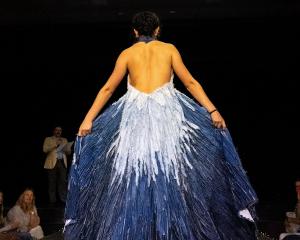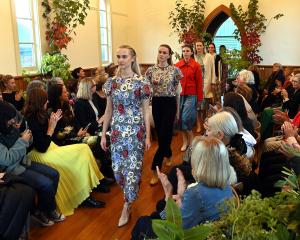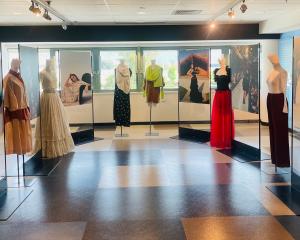Have you considered the physical costs of adding height to your step?
Compared with wearing "flats", wearing heels regularly can lead to shortened calf-muscle fibres and thicker, stiffer Achilles tendons, according to physiology professor Marco Narici and his colleagues at Britain's Manchester Metropolitan University and at the University of Vienna.
This may be why some women feel tightness in their calves when they kick off their heels.
The findings are published in the July issue of the Journal of Experimental Biology.
From a group of 80 volunteers aged from 20 to 50 who had worn 5cm or higher heels five times a week for at least two years, the researchers selected 11 who felt discomfort in their calves after taking off the shoes.
Researchers did not assess physical activity level or heel thickness.
A control group included nine women of comparable age, height and mass who wore flats regularly.
With magnetic resonance imaging, researchers noted that those in both groups had calf muscles of similar size but different shape.
Assuming this was due to fibre lengths, the researchers used ultrasound to confirm their hypothesis: Individual muscle fibres shortened with high-heel wear.
Then the researchers measured how muscles contracted and performed using a dynamometer, a device that measures force, torque, power and velocity.
Shortened fibres would suggest a high-heel-wearer's calf muscles would produce less force than a flat-shoe wearer, but muscles performed similarly in both groups.
"We couldn't understand why," Prof Narici said.
Curious, they used MRI and saw that the Achilles' tendon compensated for muscle fibre length.
The tendon was significantly thicker and stiffer in high-heel wearers.
If women insisted on wearing heels, Prof Narici said, shortened fibres and thick, stiff tendons were inevitable.
He suspects these adaptations may have an impact on athletic performance, though they did not appear to hinder everyday movements.
"You can't run at the same level as a person who doesn't wear high heels," he said.
"If the tendon becomes stiffer and the muscle fibres become shorter, the ability to store and release elastic energy is problematic."
Future research will look at these energy costs.
For now, Prof Narici suggests that high-heel wearers stretch their calves at least twice a day.
"Women enjoy wearing high heels," Prof Narici added.
"They look good. They feel good ... we don't want to stop them from wearing high heels."












